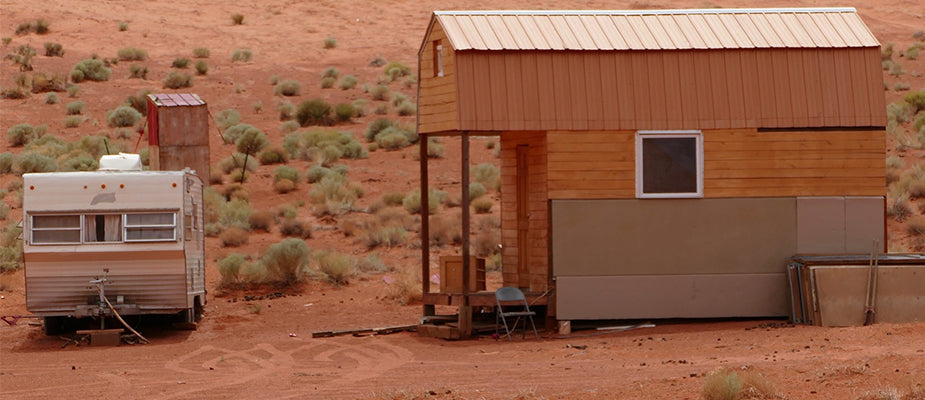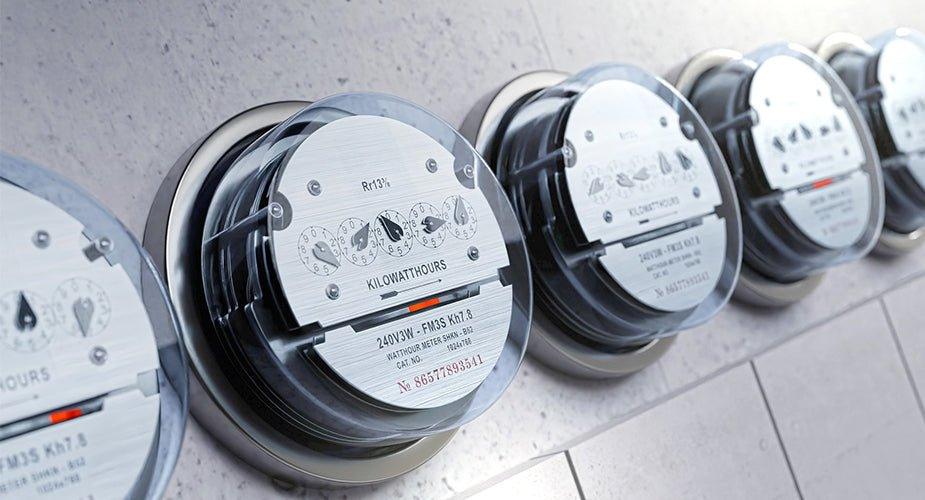You see them everywhere on TV and on every streaming service– “Tiny House, Big Living”, “Tiny House Nation”, “Tiny House Hunters”, and the list goes on. On top of that, a plethora of publications, websites, and vlogs all talk about tiny homes and tiny house living. But just when did the tiny house movement start? Why are tiny homes so popular? We will look into these in this article.
The Tiny House Movement
It’s challenging to determine exactly when tiny house living became well-known, particularly in the US, as some resources go back as far as the late 19th century. However, the modern movement could be traced to the 1970s, when artists like Allan Wexler began looking into the concept of living in a compact space. In the same decade, books about tiny houses were published as advocates pushed for simplifying dwellings and, essentially, “living with less”.
One well-known name that is almost synonymous with the movement is Jay Shafer. In 1997, Shafer began to build a very small house (90 square feet) on wheels. Two years later, he completed writing “The Small House Book”, where he talks about his decision to make his home so tiny. His tiny house was so well-received that it was even featured in top-tier media outlets, and his books became one of the popular publications on Amazon. Some would refer to Shafer as the “Founder of the Tiny House Movement” and “The Godfather of Tiny Houses”.
Moving to the early 2000s, modern tiny homes began appearing across swtates. People were drawn into the minimalist lifestyle, where the tiny house movement evolved from. Individuals were embracing a simpler and purposeful life, which goes hand in hand with tiny home living.
Others would argue that the tiny house movement is just a fad and will die in a few years. On the contrary, the movement continues to gain traction as people from different generations welcome the idea that small living and downsizing could lead to better living.
Over the years, various ideas for tiny homes have emerged, from shipping containers converted into homes to tiny houses on wheels. Additionally, the younger generation sees tiny homes as an affordable housing option, with the market expected to grow by almost $4 billion from 2022 to 2023, according to a Global Tiny Homes Market report. In short, the tiny house movement is not showing signs of slowing down and will continue to be a trend in the coming years.

What is a tiny house?
Although there is no strict rule as to how big (or rather, small) the tiny house should be to jump into the movement, by definition, a tiny house is a dwelling that is anywhere between 100 to 400 square feet in size. Basically, there are homes under 400 square feet. For comparison, an average residence in America is around 2,600 square feet, so a tiny house is significantly smaller than your traditional home.
A tiny house can be rented or owned, some houses are set on a foundation, while others are built on wheels (called tiny house on wheels or THOW). There is also what is referred to as a “micro home”, which is smaller than a tiny house but is ideal for mobile living. Some tiny homes are built and designed by the owners, while others are assembled using tiny house kits or made-to-order homes.
Why are tiny homes so popular?
Moving into a tiny house may be daunting especially if you’re used to living in a spacious dwelling and then would transfer into a “cramped” space. But why is there a growing population of individuals choosing this lifestyle? Of course, there are many reasons why, but the most popular reasons why people join the tiny house movement include the following:
1. Low Environmental Footprint
Because of its small size, a tiny home usually only has enough space for essential appliances and requires less energy. A study shows that a tiny house produces only 2,000 pounds of carbon emissions each year, which is remarkably lower than an average-sized residence that produces 28,000 pounds of CO2 every year.
2. Financial Advantages
Did you know that up to half of the income of most Americans is spent on paying for their houses? However, when you choose to live small, naturally, the costs will also go down – significantly at that.
From building the house, a typical-sized residence will cost an average of $425,000 compared to a “luxurious” 400-square foot tiny home that would only cost around $160,000. Most tiny houses are built from refurbished materials, which is not only eco-friendly but also a more affordable option.
Tiny house dwellers won’t have to worry about taking out mortgage loans, and would also spend less on maintaining, decorating, and cleaning the house. Of course, with few appliances and electronics and if sustainable energy sources are used smaller or almost non-existent power bills are expected.
3. More Time
Living simply and not needing tremendous effort to maintain your tiny home gives you something that money can’t buy– time. You will have more time doing the things you love, such as spending time with family, exercising, exploring the outdoors, or traveling.
4. Mobility
Speaking of traveling, with a THOW(Tiny House on Wheels), you can easily relocate anywhere, wherever the wind takes you. You can achieve your dream of going on a cross-country road trip or simply getting away from the hustle and bustle of city life and living remotely. A tiny house allows you to live a transient lifestyle and make relocation much easier.
The saying “bigger is better” is not always true. In this case, the tiny house movement advocates for the idea that having less space and less stuff will create more room in your life for the things that really matter to you. Although downsizing may seem like a huge decision to make, if you want to enjoy simplicity, mobility, plus freedom, then this lifestyle is just the right one for you.
* We want to give credit where credit is due. Professional writer, Ishna Sablaya, contributed research and content to this blog titled: When Did The Tiny House Movement Start? Thank you, Ishna, for your contributions!













